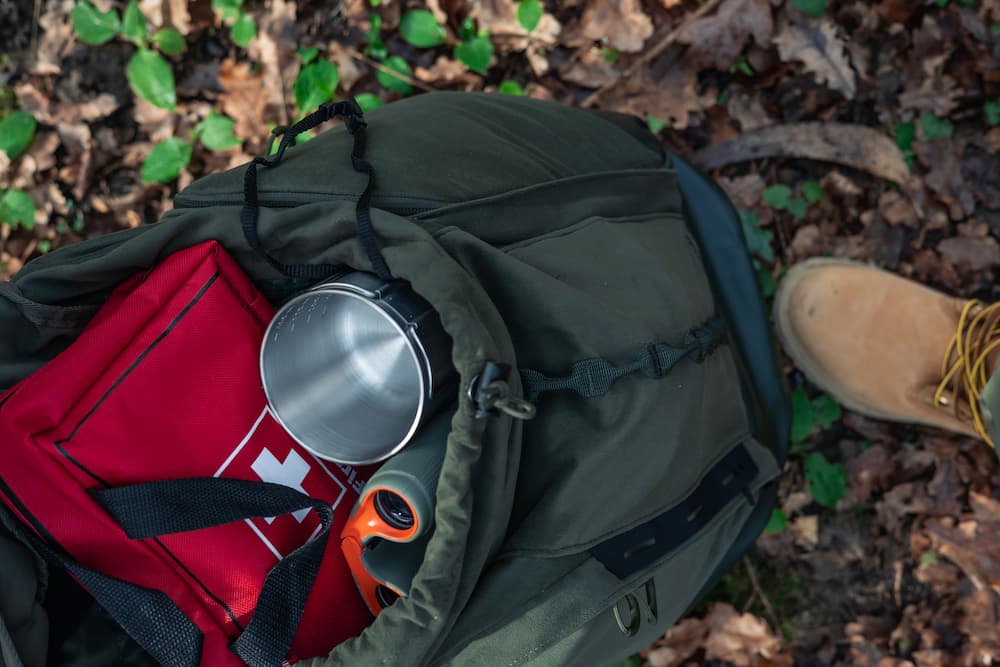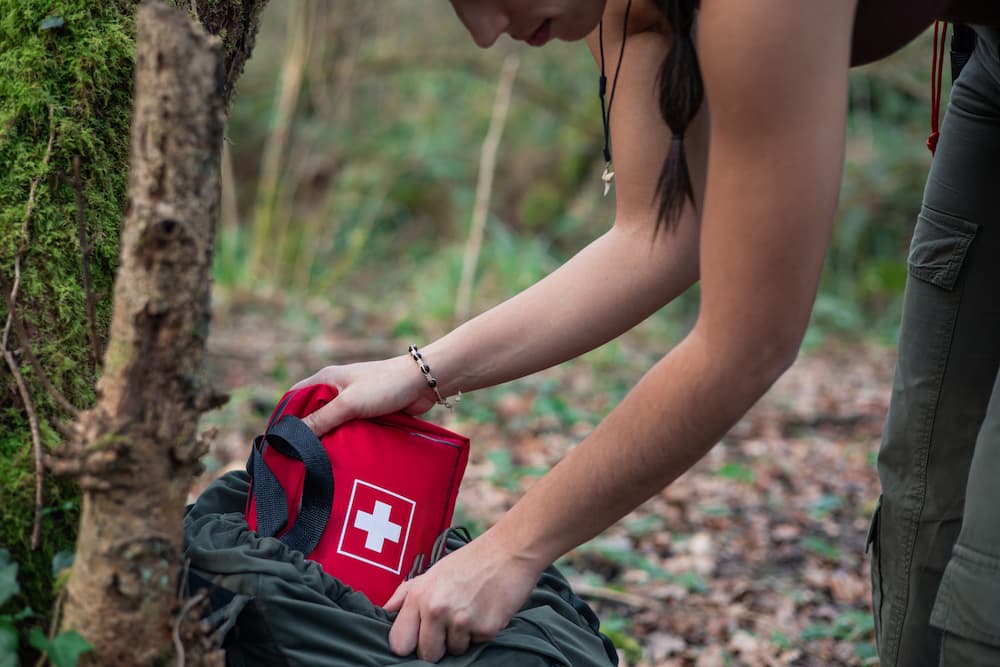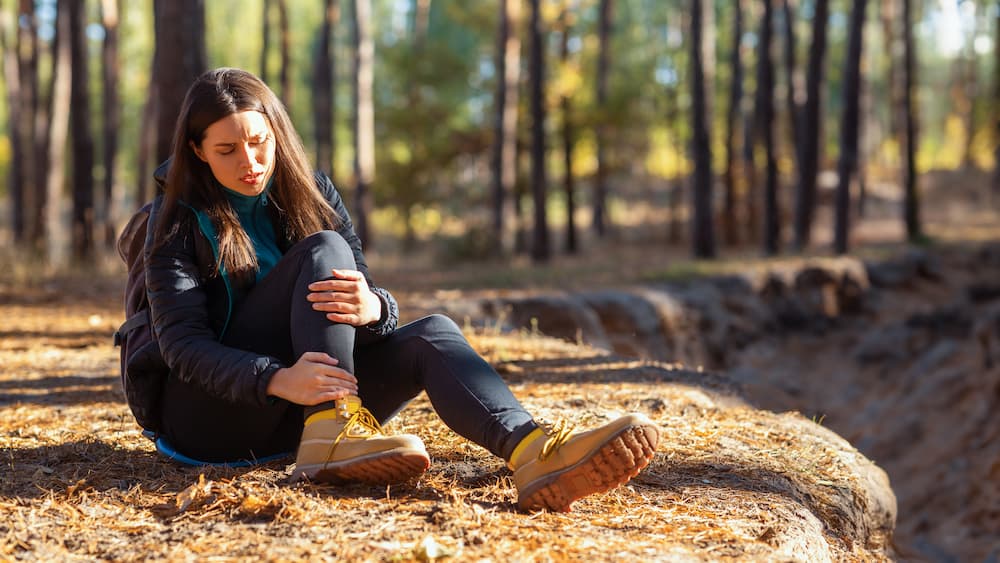
Let’s be honest, how many times have you seen people on the trail who are totally unprepared, or have you even felt unprepared yourself? As a 911 dispatcher of 12 years, emergencies are always on my mind, and I like to make sure I am covered in all scenarios.
Nobody wants to have to spend a night out in the woods unexpectedly, but anything can happen. We hear of people getting lost or stuck in the wilderness, and we always think it won’t happen to me, but it can.
There are a few simple tips and tricks to help you feel confident and ready to take on anything that nature can throw at you.
Share Your Route and Emergency Contact
When I am planning a day hike, there are several things I do beforehand. Once you have your trail planned, it’s best to highlight on a map your exact trail or route. Pick a person you trust and share your itinerary with them.
Make sure to include what time you plan on hitting the trail, where you will be parking your car, your route, and your expected time to be done. This will let your contact know exactly where you are and where to start a search if need be.
There are several great apps like AllTrails, where you can download routes and even share your progress with your emergency contact. Making sure you have a reliable contact who can get help to you, should you need it, provides peace of mind and will help you feel more at ease on the trail.

What to Do When Things Go Wrong
Now, let’s pretend you are in the middle of your hike and something happens. Nobody wants to find themselves in a bad situation, but it happens. You’ve hurt yourself, you stray off trail (please please please don’t do this), or you get stuck in weather and it is simply not safe to go on.
What do you do? First off, DO NOT PANIC. You have a reliable source who is expecting you to return, but who knows when help may come. You may possibly have to hunker down for the night. Are you prepared?
What To Do if You Get Injured While Hiking

First, assess the situation. Are you hurt? Do you have a first aid kit?
I recommend always carrying a first aid kit for obvious reasons. It doesn’t have to be anything special. Here’s the first aid kit I recommend and personally carry.
Create Shelter to Stay Protected
If you find yourself unable to finish the hike and have to stay overnight, shelter is key. A shelter can make the biggest difference in the world. It will keep you dry and out of the elements and give you some form of security.
You can find many different kinds of emergency lightweight shelters to throw in the bottom of your pack. They are nothing fancy but will work in an emergency. Be sure to set up your temporary camp in a safe location—avoid rivers or low-lying areas that might flood in a storm.
Water is Essential
Another necessity when it comes to survival is food and water. You can survive about three weeks without food—but only three days without water.
- Have you packed enough water for your hike? A good rule of thumb:
Carry at least 0.5 liters (17 oz) of water per hour of hiking in moderate conditions (more for strenuous or uphill hikes and hot days). - What happens when you run out? Most water in nature is not safe to drink. A simple LifeStraw can save the day. They are small and compact and could save your life.
Don’t forget to check out our other article where we go in-depth into purifying safe drinking water. I also make sure I carry some extra high-calorie snacks just in case a hike goes longer than planned.
Fire: Your Lifeline in the Wilderness

Fire is a powerful survival tool. It provides warmth, cooks food, and can signal for help. Learn to build a simple emergency fire:
- Use rocks to form a fire ring (we don’t need to burn the forest down)
- Stay under tree cover with an open canopy if possible
- Choose a visible spot for smoke signals – hopefully someone will see it and signal for your rescue
Carry a ferro rod like this one to make firestarting easier. Practice at home so you’re not fumbling in a real emergency. Fire-building is a skill, and like all skills—it gets better with repetition.
Tools Worth Adding to Your Kit
Some other tools you might think about adding to your kit:
Final Thoughts: Stay Calm, Stay Ready
These are just the very BASIC skills needed to survive a night in the woods in an emergency. If you’ll be spending a lot of time hiking, you might consider taking a wilderness survival course.
I hope nobody ever finds themselves in an emergency out in the woods, but hopefully, after reading this, you will feel a little more confident and a little more empowered to tackle an emergency should one arise.
Remember, stay calm, stay safe, and happy trails.

